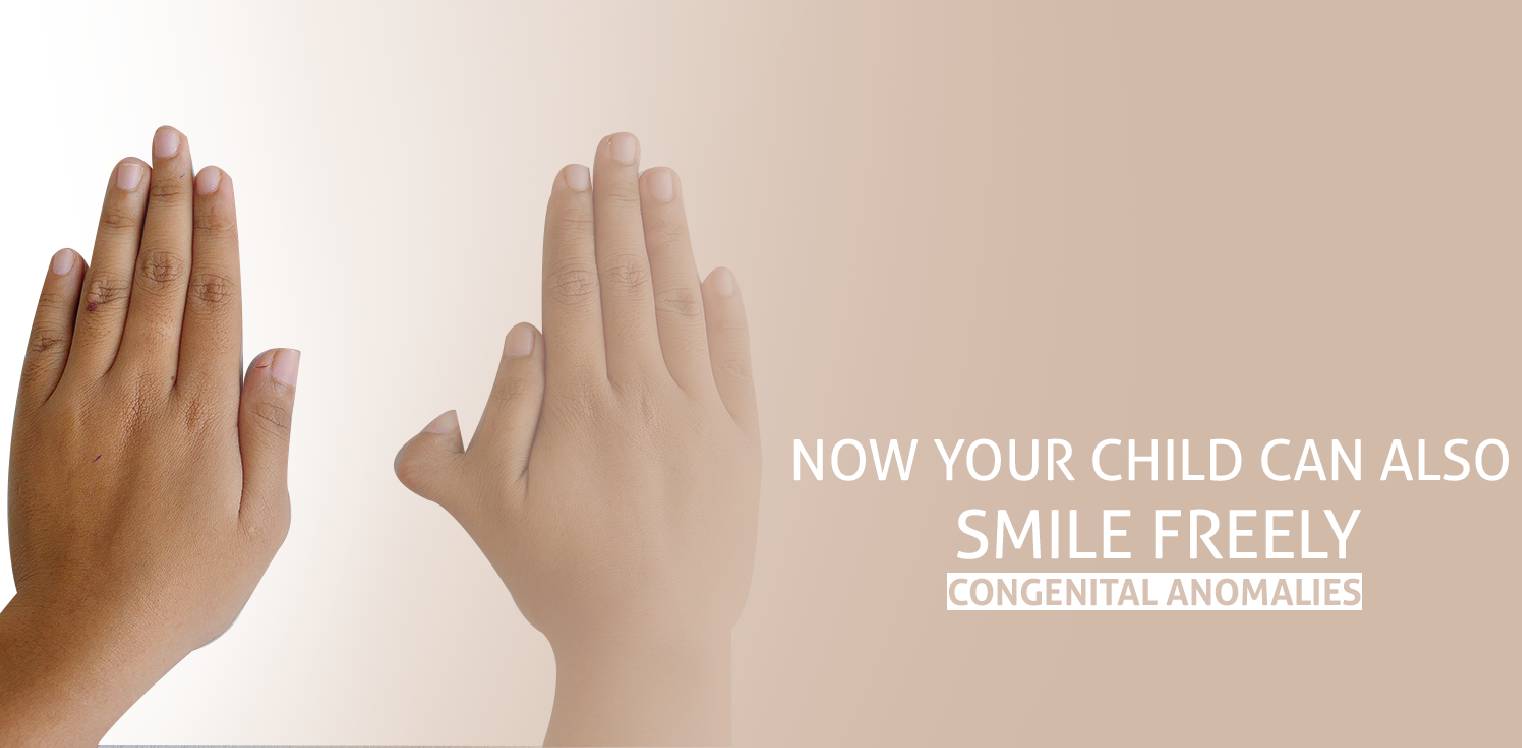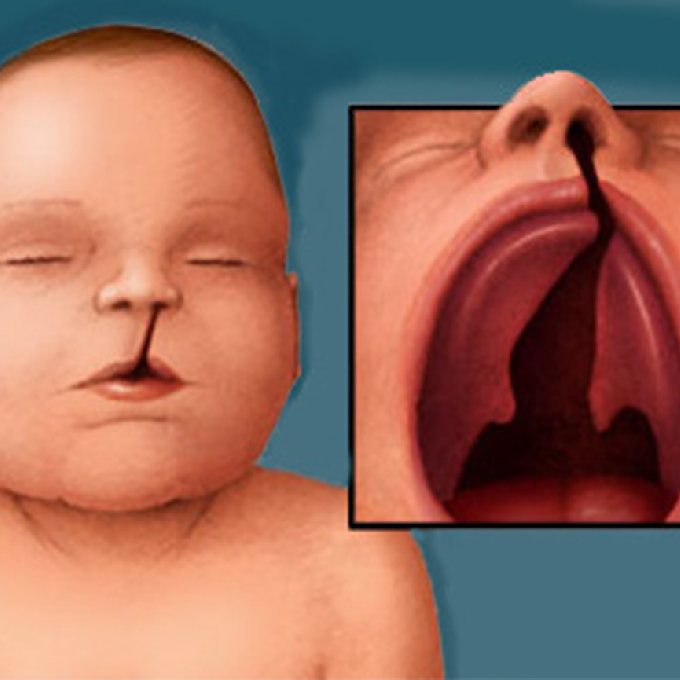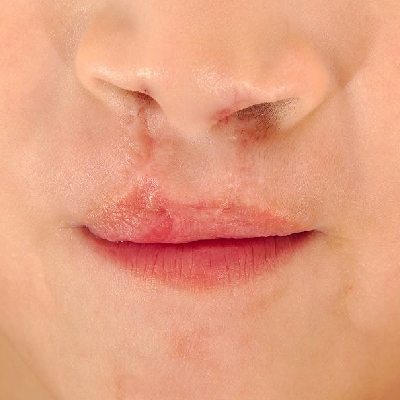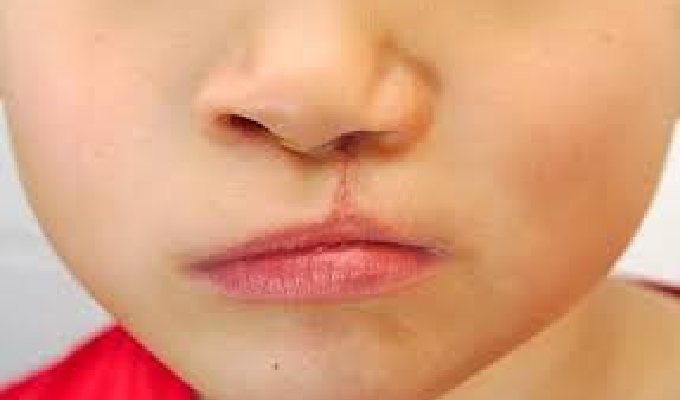
Congenital abnormalities(birth defects) are structural or functional abnormalities that occur to a child during pregnancy, at birth or after birth.
Cleft palate is a common birth condition. It can occur alone or as part of a genetic condition or syndrome.
A cleft palate is when the roof of the mouth contains an opening into the nose, these disorders can result in

A split in the roof of the mouth that doesn't affect the appearance of the face
A cleft occurs less often only in the soft palate muscles (submucous cleft palate) that are at the back of the mouth and protected by the lining of the mouth. At birth, this form of cleft sometimes goes untreated and may not be diagnosed until symptoms appear later.

1. Cleft lip surgery aims to close the lip separation and provide the upper lip with a more natural function, form and appearance over your mouth.
2. On either side of the cleft, incisions are created to create skin, muscle and intraoral tissue flaps, that are then drawn together and sewn to cover the cleft to reconstruct the traditional anatomy of the lip and nose.


The causes of cleft lip and cleft palate (or both) are unknown, although hereditary (genetic) factors sometimes play a small role. A cleft lip or cleft palate (or both) is not caused by anything that parents did or did not do during the pregnancy.